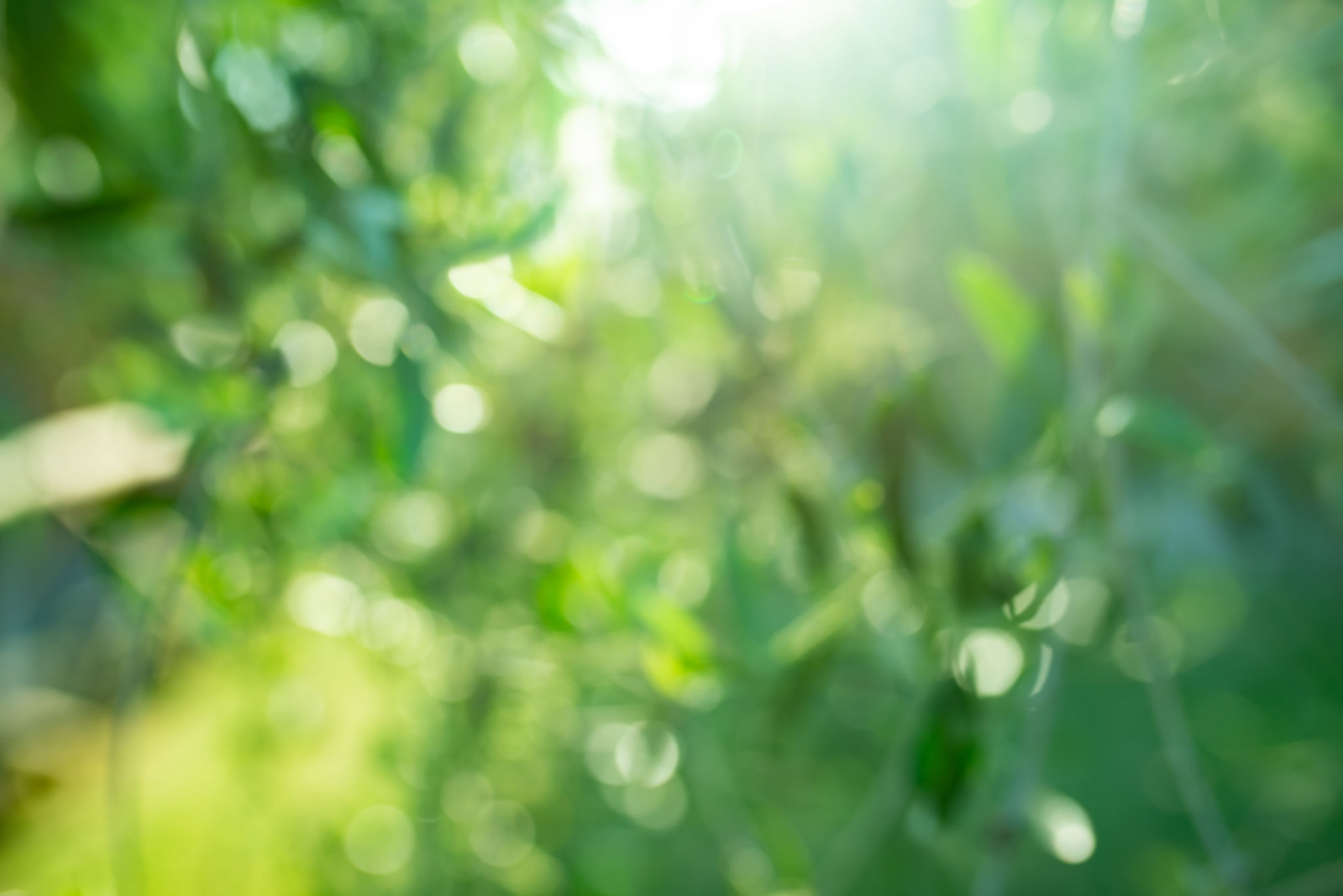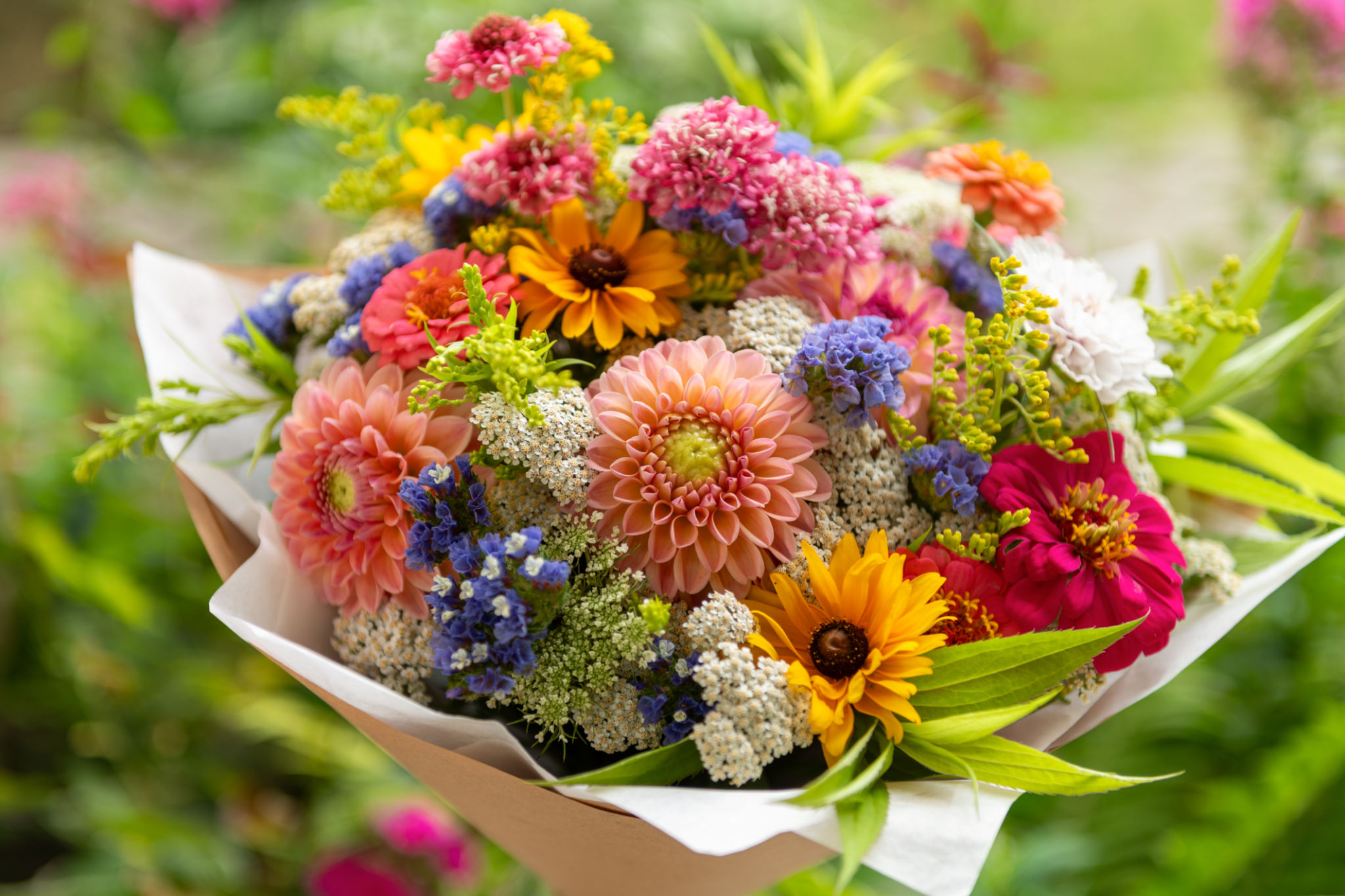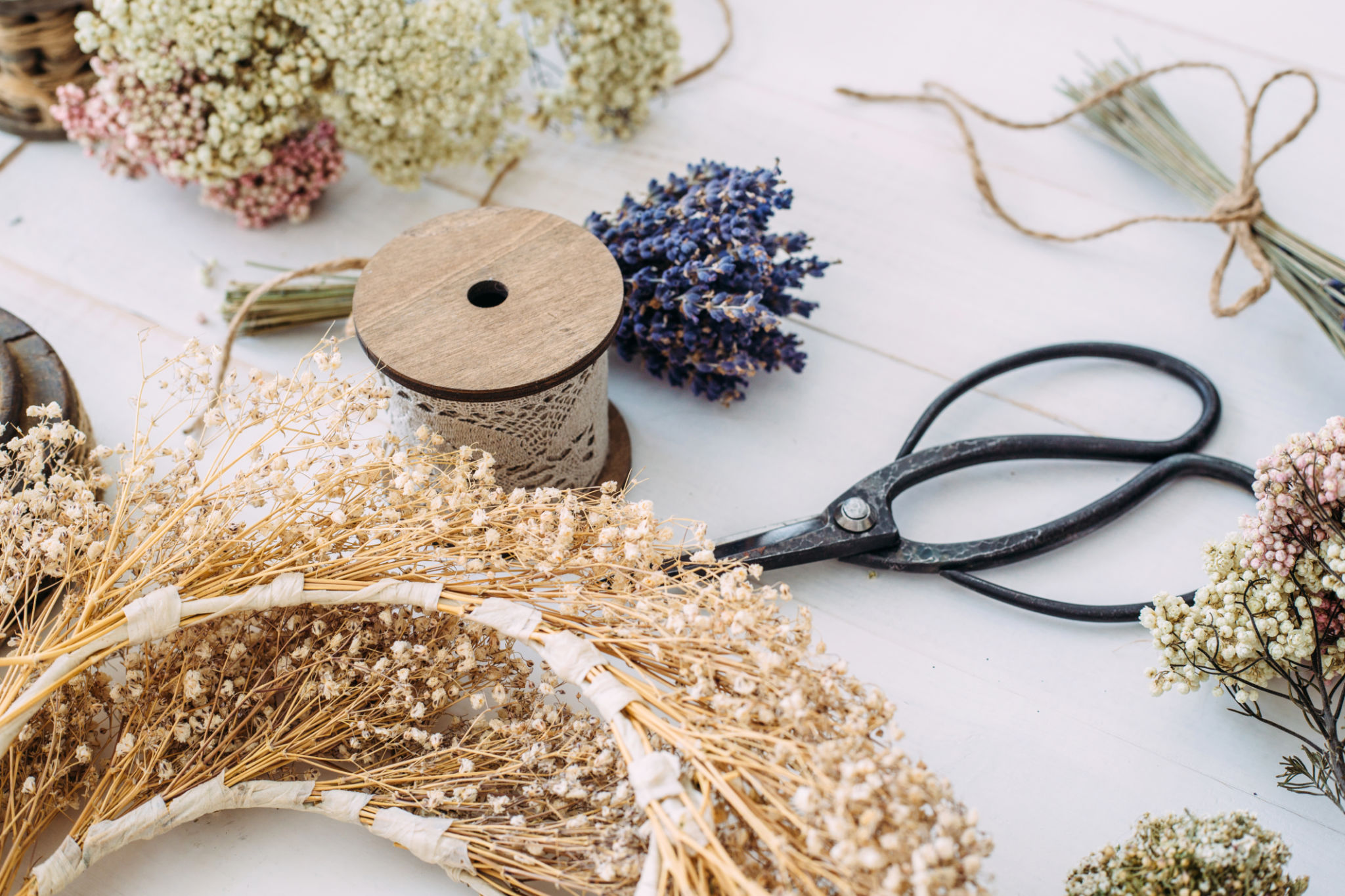Eco-Friendly Flower Arrangements: Trends and Tips for Sustainable Floristry
The Rise of Eco-Friendly Floristry
As awareness of environmental issues grows, the floral industry is embracing sustainability. Eco-friendly flower arrangements are on the rise, offering a beautiful and responsible way to enjoy nature's blooms. This trend not only appeals to environmentally conscious consumers but also promotes healthier ecosystems.
Traditional floristry often involves practices that aren't sustainable, such as using non-biodegradable materials and encouraging the use of imported flowers with high carbon footprints. In contrast, sustainable floristry prioritizes local sourcing, reusable materials, and waste reduction.

Sourcing Locally and Seasonally
One of the key trends in sustainable floristry is sourcing flowers locally and seasonally. This practice reduces the carbon emissions associated with transporting flowers over long distances. By choosing flowers that are in season locally, florists can offer fresh, vibrant arrangements while supporting local growers.
Some popular seasonal flowers include tulips and daffodils in spring, sunflowers in summer, dahlias in autumn, and evergreens during winter. These options not only enhance the beauty of arrangements but also reflect the natural cycle of growth.

Benefits of Local Sourcing
Opting for local flowers offers several benefits:
- Reduced Carbon Footprint: Cutting down on transportation emissions.
- Support for Local Economies: Helping local farmers and businesses thrive.
- Fresher Blooms: Enjoying flowers at their peak freshness and vitality.
Choosing Sustainable Materials
Another important aspect of eco-friendly floristry is the use of sustainable materials. Traditional floral foam, often used for arranging flowers, is not biodegradable and can be harmful to the environment. Florists are now turning to alternatives such as chicken wire, reusable vases, and biodegradable materials.
Additionally, incorporating natural elements like twigs, stones, and moss not only adds texture and depth to arrangements but also enhances sustainability. These materials are often readily available and can be reused in future designs.

Waste Reduction Techniques
Sustainable florists are also focusing on minimizing waste. This can be achieved through several techniques:
- Composting: Turning floral waste into nutrient-rich compost.
- Repurposing Blooms: Using leftover flowers in smaller arrangements or donations.
- Avoiding Single-Use Plastics: Opting for glass or ceramic containers instead.
The Future of Sustainable Floristry
The shift towards eco-friendly flower arrangements represents a broader movement within the floral industry to embrace sustainability. As consumers continue to demand environmentally responsible options, florists are innovating and adapting to meet these expectations.
By choosing sustainable practices, florists not only contribute to a healthier planet but also create unique and beautiful arrangements that tell a story of care and consideration for the environment.
